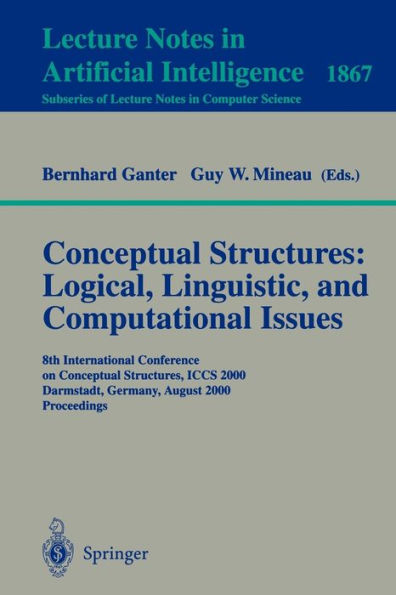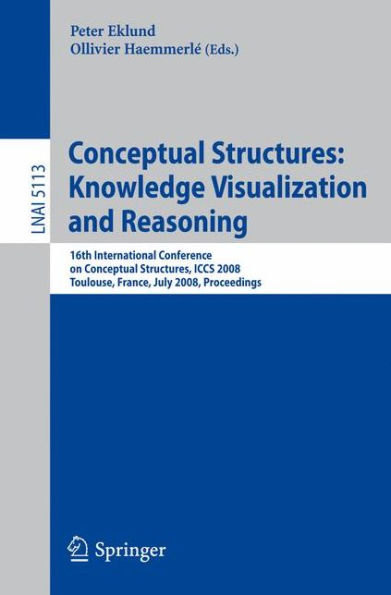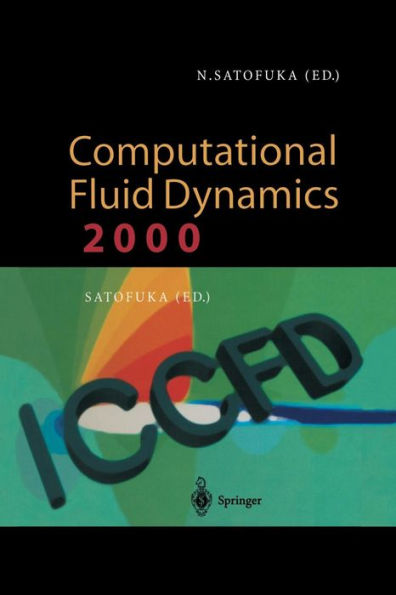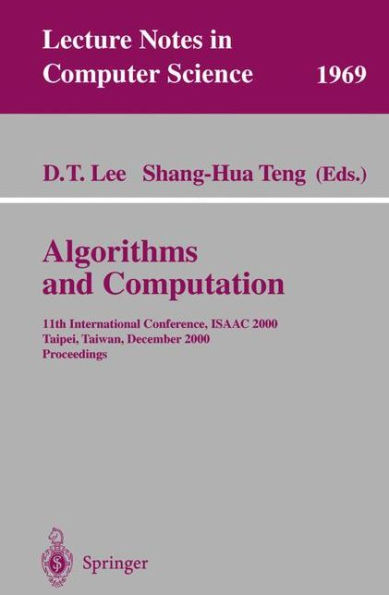Home
Conceptual Structures: Logical, Linguistic, and Computational Issues: 8th International Conference on Conceptual Structures, ICCS 2000 Darmstadt, Germany, August 14-18, 2000 Proceedings
Loading Inventory...
Barnes and Noble
Conceptual Structures: Logical, Linguistic, and Computational Issues: 8th International Conference on Conceptual Structures, ICCS 2000 Darmstadt, Germany, August 14-18, 2000 Proceedings
Current price: $109.99


Barnes and Noble
Conceptual Structures: Logical, Linguistic, and Computational Issues: 8th International Conference on Conceptual Structures, ICCS 2000 Darmstadt, Germany, August 14-18, 2000 Proceedings
Current price: $109.99
Loading Inventory...
Size: OS
*Product Information may vary - to confirm product availability, pricing, and additional information please contact Barnes and Noble
Computer scientists create models of a perceived reality.ThroughAItechniques, these models aim at providing the basic support for emulating cognitive - havior such as reasoning and learning, which is one of the main goals of the AI research effort. Such computer models are formed through the interaction of various acquisition and inference mechanisms: perception, concept learning, conceptual clustering, hypothesis testing, probabilistic inference, etc., and are represented using different paradigms tightly linked to the processes that use them. Among these paradigms let us cite: biological models (neural nets, genetic programming), logic-based models ( first-order logic, modal logic, rule-based systems), virtual reality models (object systems, agent systems), probabilistic m- els (Bayesiannets, fuzzy logic), linguistic models (conceptualdependencygraphs, language-based representations), etc. One of the strengths of the Conceptual Graph(CG) theory is its versatility in terms of the representation paradigms under which it falls. It can be viewed and therefore used, under different representation paradigms, which makes it a p- ular choice for a wealth of applications. Its full coupling with different cognitive processes lead to the opening of the field toward related research communities such as the Description Logic, Formal Concept Analysis, and Computational Linguistic communities. We now see more and more research results from one community enrich the other, laying the foundations of common philosophical grounds from which a successful synergy can emerge.









